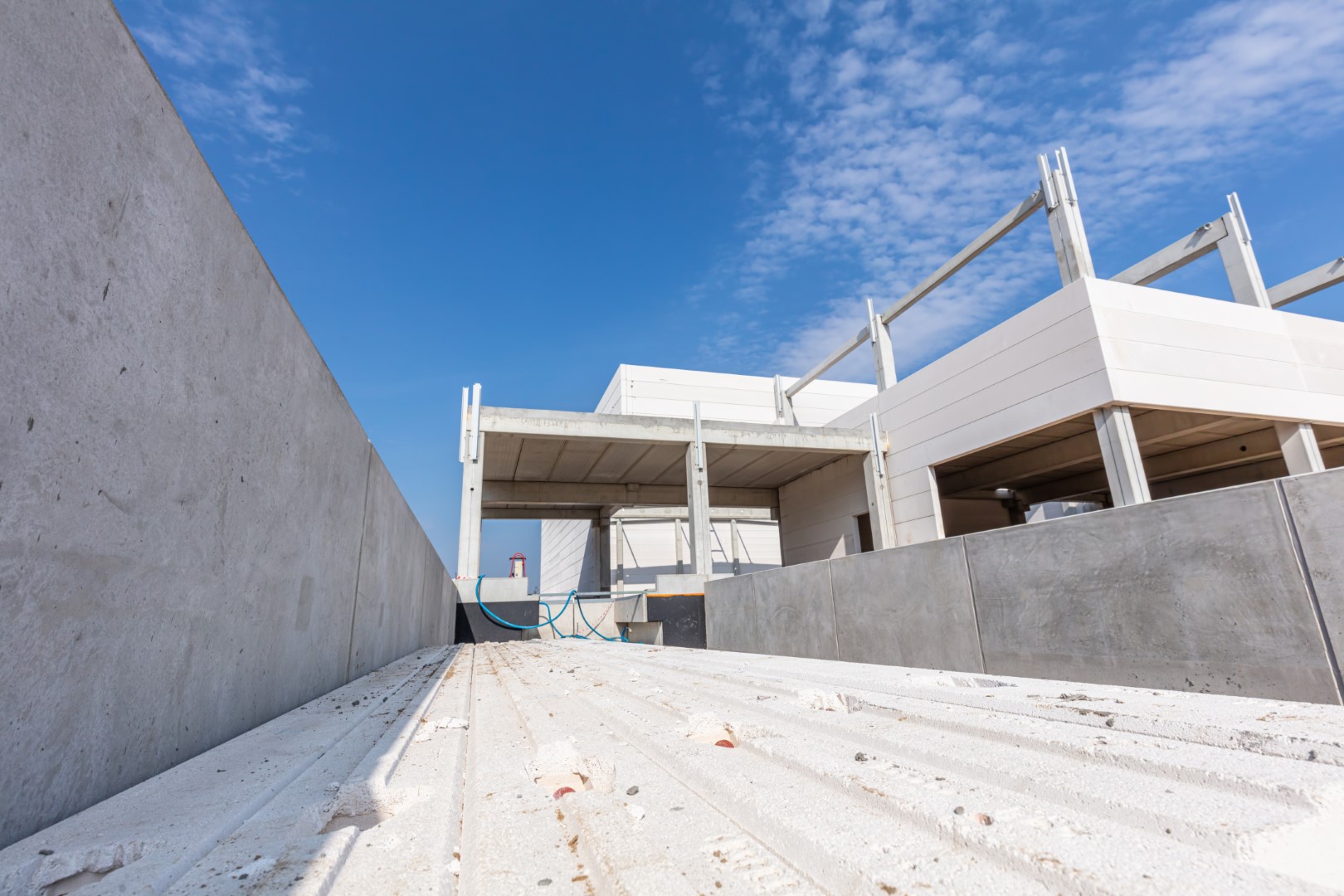Adding a new floor to an office building, renovating an apartment complex, or erecting a structure from the ground up – every aspect of construction hinges on a rock-solid foundation. Yet, hidden beneath the surface, there are often unforeseen obstacles that can derail even the most meticulously planned projects. This is where concrete scanning enters the picture, as a critical tool that ensures a project’s structural integrity.
Understanding the invisible components of concrete is not just a best practice; it’s a necessity that brings several underappreciated benefits to the construction scene. From safety enhancement to cost-reduction, the following outlines the key perks of incorporating concrete scanning into your construction projects.
Enhanced Safety
Detecting Hazards Before They Cause Harm
The axiom ‘safety first’ holds a particularly poignant meaning in the construction industry, where workers are regularly exposed to risks. One of the prime biological needs of any construction project is to sense and swiftly react to any possible obstacles or dangers.
Concrete scanning brisbane provides vision into the concrete structure, enabling the detection of objects like rebar, post-tension cables, and electrical conduits. This preemptive awareness drastically reduces the risk of accidental punctures, electrical mishaps, and structural collapses. Think of it as x-ray vision for the safety of the workforce, validating the integrity of each step taken.
Preventing Accidents and Structural Damage
Accidentally piercing a live electrical wire or critical structural reinforcement can be both dangerous and costly. By deploying concrete scanning, teams can identify and mark any hazards, facilitating safe work practices and ensuring the critical, hidden support structures remain unshaken.
The avoidance of such incidents not only safeguards human lives but also shields the project from unnecessary delays and associated costs. With concrete scanning in the toolbox, project managers can rest easy knowing that their teams are working in environments that are as safe as they are productive.
Cost Savings
Avoiding Rework and Repairs
Construction rework stands as the silent killer of project budgets. Often, rework stems from unexpected components within concrete that disrupt construction activities. Discovering such elements mid-project necessitates alterations that can be costly in terms of both materials and time.
Concrete scanning provides the necessary foreknowledge to avoid these issues, allowing construction teams to plan their work routes and methods to circumvent any obstacles beneath the surface. This foresight prevents the necessity for costly repairs and rework.
Efficient Project Planning and Execution
In construction, time quite literally equals money. Every moment of indecision or misaligned activity represents a drain on resources. Concrete scanning, by providing clear visibility of imbedded structures, allows for precise project planning that maximises efficiency.
With less time spent on correcting course due to unforeseen hurdles, the seamless execution of project stages is supported, yielding a streamlined and cost-effective construction process. Faster, efficient methods translate to more predictable schedules and, in turn, enhanced financial outcomes.
Time Efficiency
Faster Project Timelines
When the path is clear, the progress is swift. Concrete scanning ensures that the risk of unforeseen delays due to hiccups in the construction schedule is significantly minimised. This speed is not just a race to the finish line but a strategic advantage enabling projects to adhere to the most stringent timeframes.
Armed with information about the subsurface environment, construction teams can confidently work toward their goals without the fear of hidden setbacks. Each day saved through such preparedness is a testament to the efficiency of the scanning process in maintaining project momentum.
Minimised Downtime Due to Accurate Scanning
Accuracy in construction is more than just hitting the right spot; it’s about hitting the right time. Downtime due to incorrect marking of utilities or unforeseen repairs is a problem of yesterday when advanced concrete scanning technology is employed.
The precise data provided by scanning technologies minimise unnecessary stoppages, ensuring that every hour of labour is a productive one. In an industry where deadlines dictate success, minimising downtime is a competitive edge that can’t be overlooked.
Accuracy in Planning
Precise Location of Utilities and Structures
One of the core advantages of concrete scanning is the ability to provide pinpoint accuracy when locating utilities and structural elements. This technology maps out the terrain within concrete, offering a detailed picture before the first drill bit is even slotted in.
Such precision is invaluable in scenarios where the slightest misstep can have critical consequences. Proper alignment and positioning are assured, circumventing the need for remediation and guaranteeing the initial efforts are the last that are needed in a given area.
Better Decision-Making and Resource Allocation
In construction, educated decisions drive real progress. Concrete scanning equips decision-makers with the information required to allocate resources optimally, reducing the dependence on contingency planning and reactionary measures.
Project managers can confidently direct resources based on the concrete scan findings, streamlining the process and feeding into the soundness of the project as a whole. Proactive resource allocation is a direct result of enhanced visibility into the underground world.
Environmental Sustainability
Reducing Carbon Footprint Through Efficient Work
Utilising concrete scanning technology significantly contributes to the environmental sustainability of construction projects. By eliminating the need for rework and accidental damage to structures, projects become more efficient, using less material and reducing waste. This efficiency not only lowers the carbon footprint associated with additional production and transport of materials but also ensures that the environmental impact is kept to a minimum. Consequently, concrete scanning emerges as an indispensable tool in the pursuit of green building practices, aligning construction activities with the global imperative to reduce environmental degradation.
Conclusion
The benefits of concrete scanning are both clear and extensive. From foundational support in the form of safety enhancements and cost reductions to superstructure advantages like time efficiency and precise planning, the application of scanning technology in construction is a paradigm shift that’s as beneficial as it is progressive.
In closing, the construction industry is poised to cultivate a newfound appreciation for the critical role concrete scanning plays in maintaining the integrity of projects. With each passing day and each finished building, the adoption of scanning practices stands as a hallmark of a forward-thinking approach to construction. The path to a more efficient and safer construction process is, quite literally, under your feet.
Discover more from Futurist Architecture
Subscribe to get the latest posts sent to your email.



